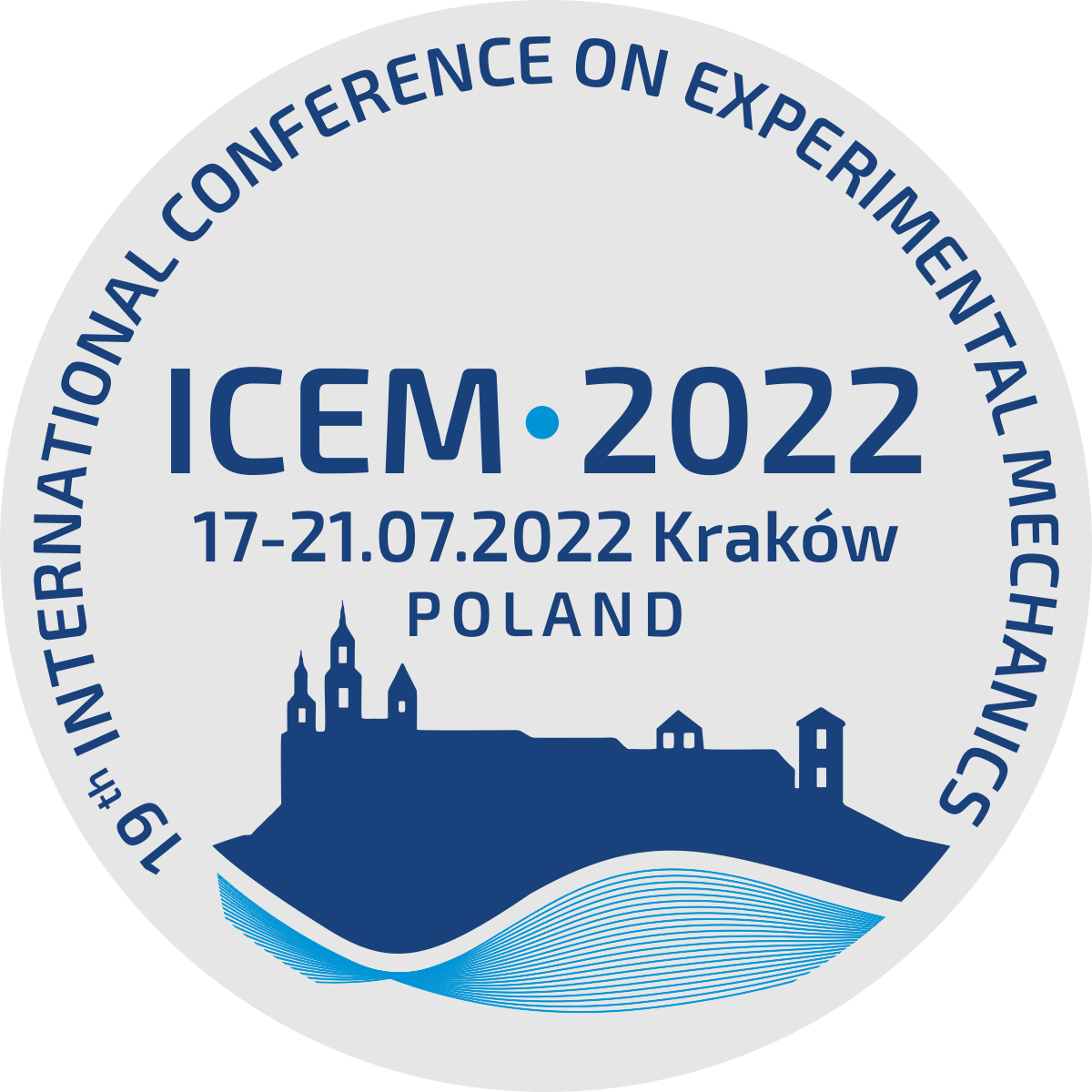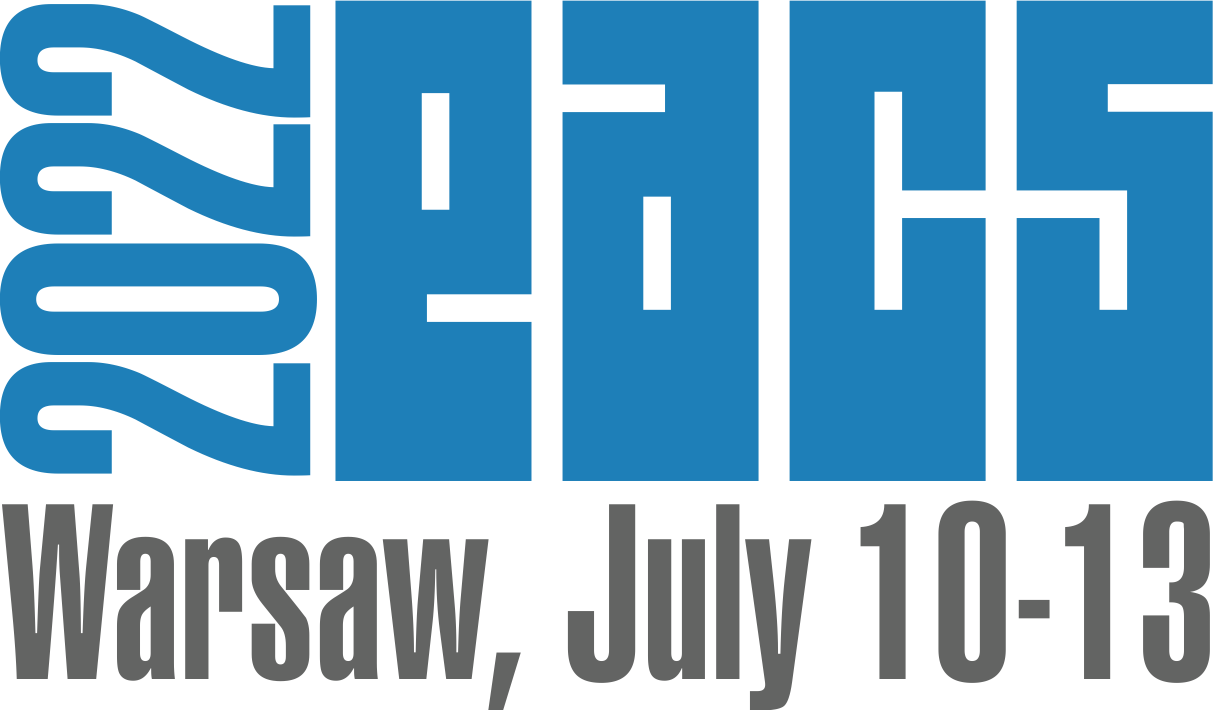| 1. |
Nthunya Lebea N.♦, Kok Chung C.♦, Soon Onn L.♦, Woei Jye L.♦, Eduardo Alberto L.♦, Lucy Mar C.♦, Shirazi Mohammad Mahdi A.♦, Aamer A.♦, Mamba Bhekie B.♦, Osial M., Pietrzyk-Thel P., Pręgowska A., Mahlangu Oranso T.♦, Progress in membrane distillation processes for dye wastewater treatment: A review,
Chemosphere, ISSN: 0045-6535, DOI: 10.1016/j.chemosphere.2024.142347, pp.1-104, 2024 Streszczenie:
Textile and cosmetic industries generate large amounts of dye effluents requiring treatment before discharge. This wastewater contains high levels of reactive dyes, low to none-biodegradable materials and chemical residues. Technically, dye wastewater is characterised by high chemical and biological oxygen demand. Biological, physical and pressure-driven membrane processes have been extensively used in textile wastewater treatment plants. However, these technologies are characterised by process complexity and are often costly. Also, process efficiency is not achieved in cost-effective biochemical and physical treatment processes. Membrane distillation (MD) emerged as a promising technology harnessing challenges faced by pressure-driven membrane processes. To ensure high cost-effectiveness, the MD can be operated by solar energy or low-grade waste heat. Herein, the MD purification of dye wastewater is comprehensively and yet concisely discussed. This involved research advancement in MD processes towards removal of dyes from industrial effluents. Also, challenges faced by this process with a specific focus on fouling are reviewed. Current literature mainly tested MD setups in the laboratory scale suggesting a deep need of further optimization of membrane and module designs in near future, especially for textile wastewater treatment. There is a need to deliver customized high-porosity hydrophobic membrane design with the appropriate thickness and module configuration to reduce concentration and temperature polarization. Also, energy loss should be minimized while increasing dye rejection and permeate flux. Although laboratory experiments remain pivotal in optimizing the MD process for treating dye wastewater, their time-intensive nature poses a challenge. Given the multitude of parameters involved in MD process optimization, artificial intelligence (AI) methodologies present a promising avenue for assistance. Thus, AI-driven algorithms have the potential to enhance overall process efficiency, cutting down on time, fine-tuning parameters, and driving cost reductions. However, achieving an optimal balance between efficiency enhancements and financial outlays is a complex process. Finally, this paper suggests a research direction for the development of effective synthetic and natural dye removal from industrially discharged wastewater. Słowa kluczowe:
Energy Consumption,Dye Effluent,Fouling,Heat and Mass Transfer,Membrane and Module Design Afiliacje autorów:
| Nthunya Lebea N. | - | inna afiliacja | | Kok Chung C. | - | inna afiliacja | | Soon Onn L. | - | inna afiliacja | | Woei Jye L. | - | inna afiliacja | | Eduardo Alberto L. | - | inna afiliacja | | Lucy Mar C. | - | inna afiliacja | | Shirazi Mohammad Mahdi A. | - | inna afiliacja | | Aamer A. | - | inna afiliacja | | Mamba Bhekie B. | - | inna afiliacja | | Osial M. | - | IPPT PAN | | Pietrzyk-Thel P. | - | IPPT PAN | | Pręgowska A. | - | IPPT PAN | | Mahlangu Oranso T. | - | inna afiliacja |
|  | 140p. |
| 2. |
Munawar A.♦, Nisar F., Masood A.♦, Aamer A.♦, Shahin M.♦, Munir K.♦, Umer M.♦, Kargl F.♦, Development of 4- Component Eutectic High Entropy Alloys Using Electromagnetic Levitation Technique,
The Journal of The Minerals, ISSN: 1047-4838, DOI: 10.1007/s11837-024-06988-3, pp.1-9, 2024 |  | 100p. |




















